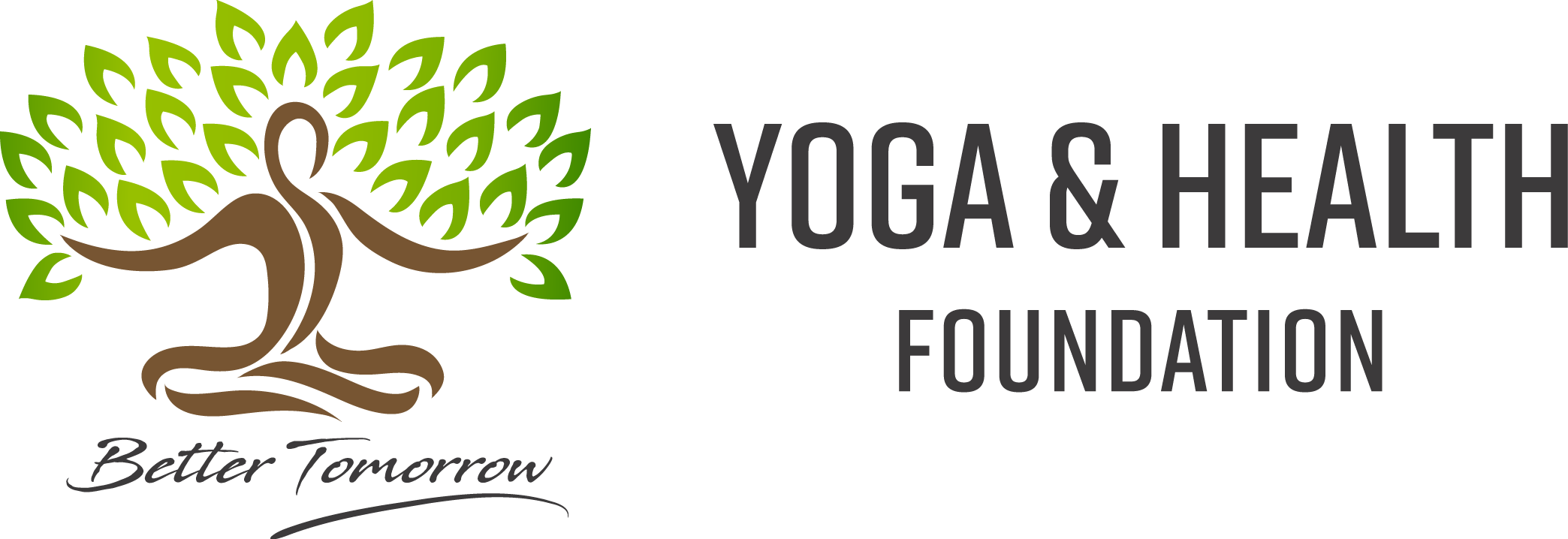How Millennials can Find Peace and Serenity through Ancient Yoga Practices
Yoga is one of the most ancient traditions that we are aware of, yet it remains widely popular today. People all over the world continue to incorporate yoga into their lifestyles by studying, practicing and teaching it daily. It seems that the tradition has become even more prominent in recent…
